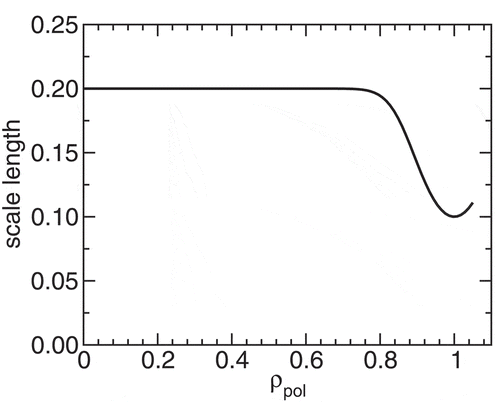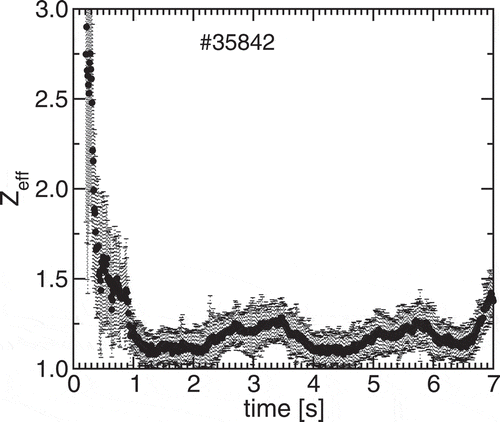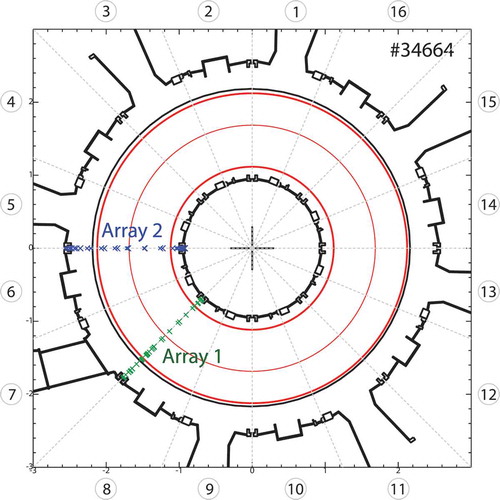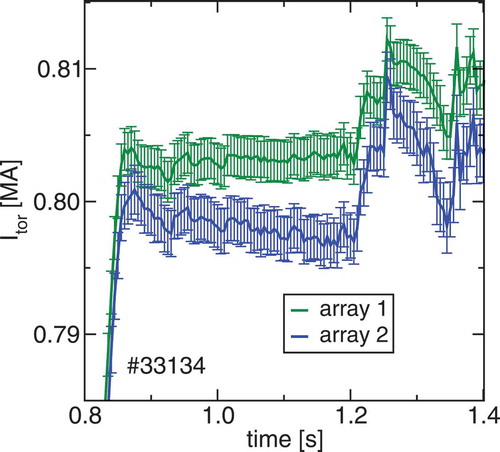Figures & data
Fig. 1. (a) Profiles of the electron temperature , density
and pressure
profiles; (b) the corresponding gradients with respect to
; and (c) the logarithmic gradient

Fig. 3. (a) Profiles of the measured and estimated ion temperature , (b) the corresponding gradient, and (c) the logarithmic gradient
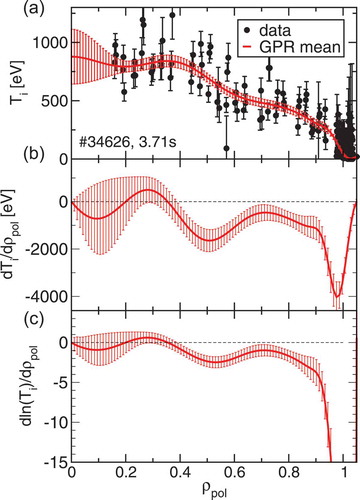
Fig. 4. (a) Candidate profiles of the ion temperature , (b) the corresponding gradient, and (c) the logarithmic gradient from sampling the conditional distributions
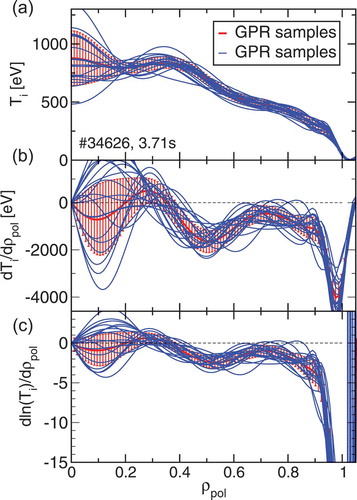
Fig. 5. (a) Profiles of the measured and estimated angular velocity (b) the corresponding gradient, and (c) the logarithmic gradient
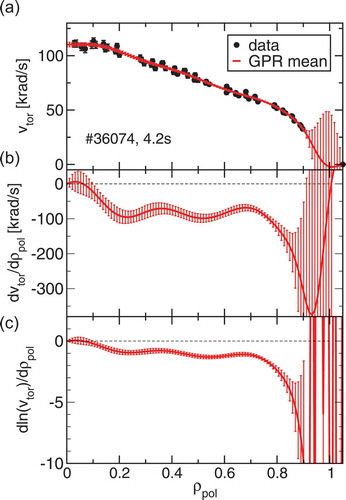
Fig. 6. (a) Candidate profiles of the angular velocity (b) the corresponding gradient, and (c) the logarithmic gradient from sampling the conditional distributions
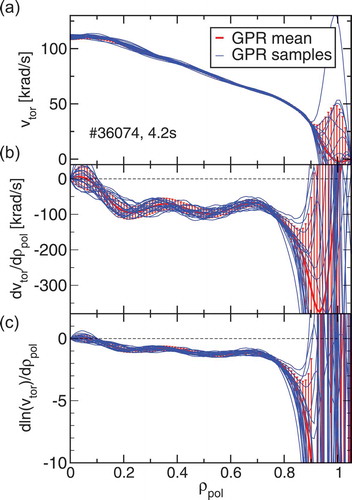
Fig. 8. Poloidal view of magnetic equilibria evaluated with magnetic measurements only (blue) and with additional kinetic constraints and current diffusion modeling (red)
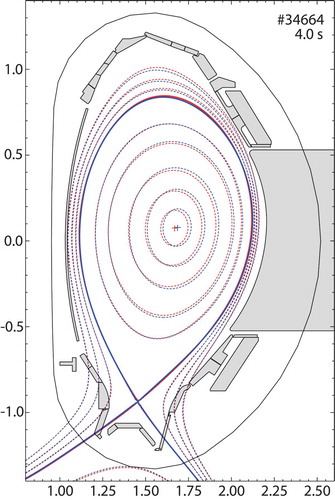
Fig. 9. Comparison of the radial position of the magnetic axis evaluated with magnetic measurements only (CLISTE mag, blue); magnetic and plasma edge thermal pressure (kinetic) constraints (CLISTE kin, green); and with magnetic, full (thermal and fast-ion) pressure constraints and current diffusion modeling (IDE, red lines with upper and lower 1σ uncertainty band)
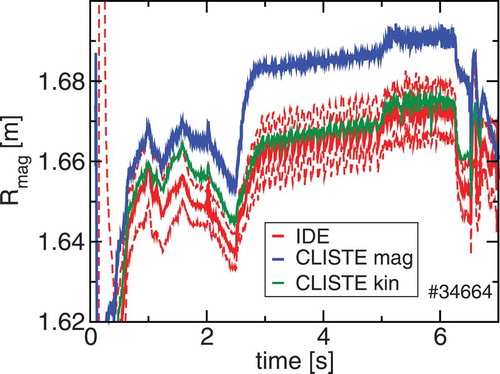
Fig. 10. Comparison of the plasma energy and internal inductance
evaluated with magnetic measurements only (CLISTE mag, blue); magnetic and plasma edge thermal pressure (kinetic) constraints (CLISTE kin, green); and with magnetic, full (thermal and fast-ion) pressure constraints and current diffusion modeling (IDE, red)
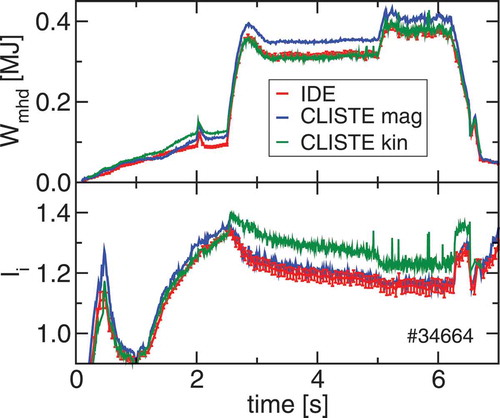
Fig. 11. Current density profile estimated applying constraints from the CDE. The uncertainties are calculated without (blue) and with (red) current constraint included
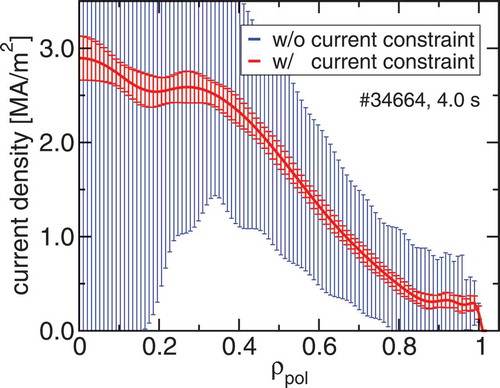
Fig. 12. The -profile estimated applying constraints from the CDE. The uncertainties are calculated without (blue) and with (red) current constraint included
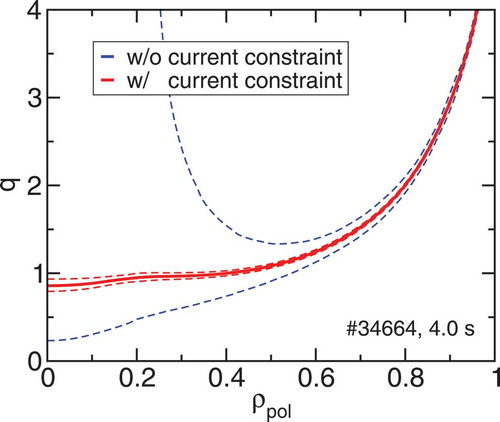
Fig. 13. Separatrix contours and poloidal coordinate system to unwrap the distance of two separatrices
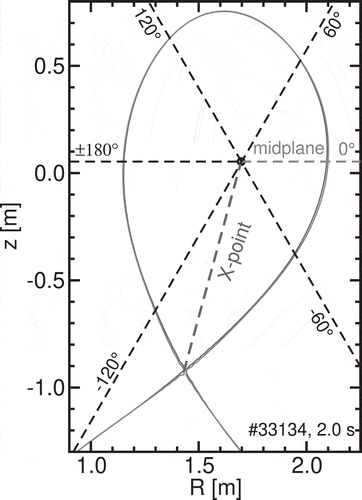
Fig. 15. Distance between the separatrices evaluated with either poloidal field coil array 1 or array 2
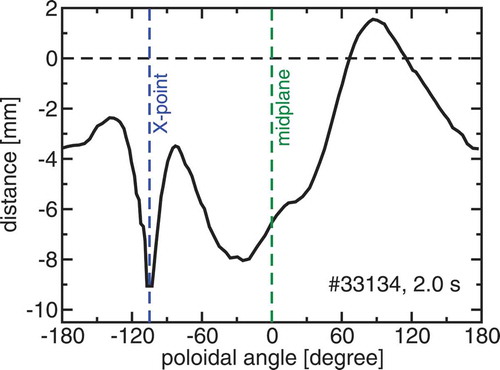
Fig. 16. Temporal evolution of the plasma volume comparing two equilibria using poloidal field array 1 or array 2


